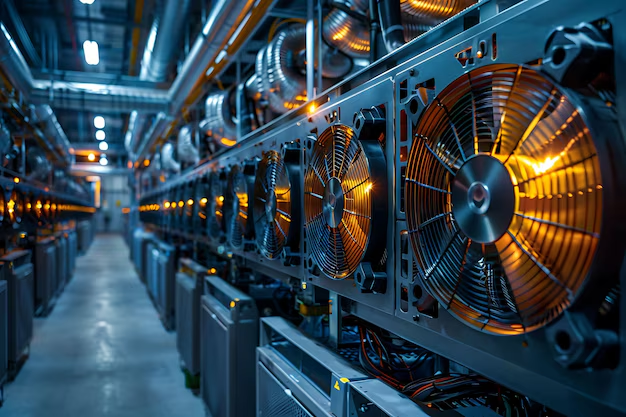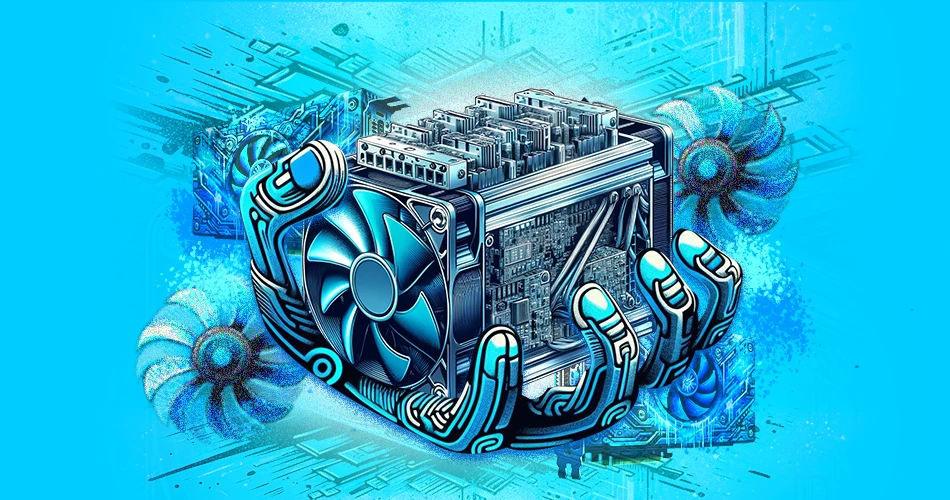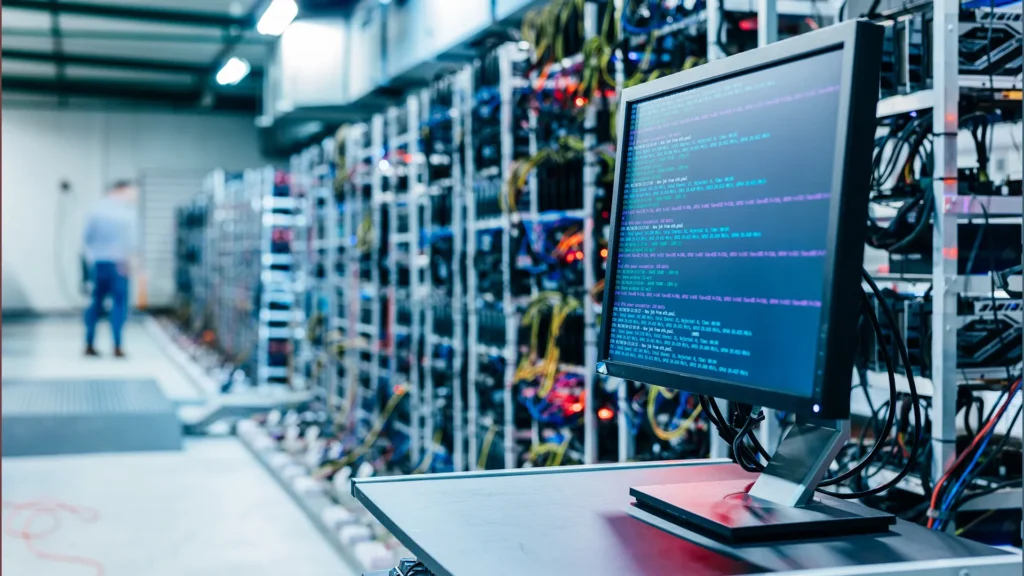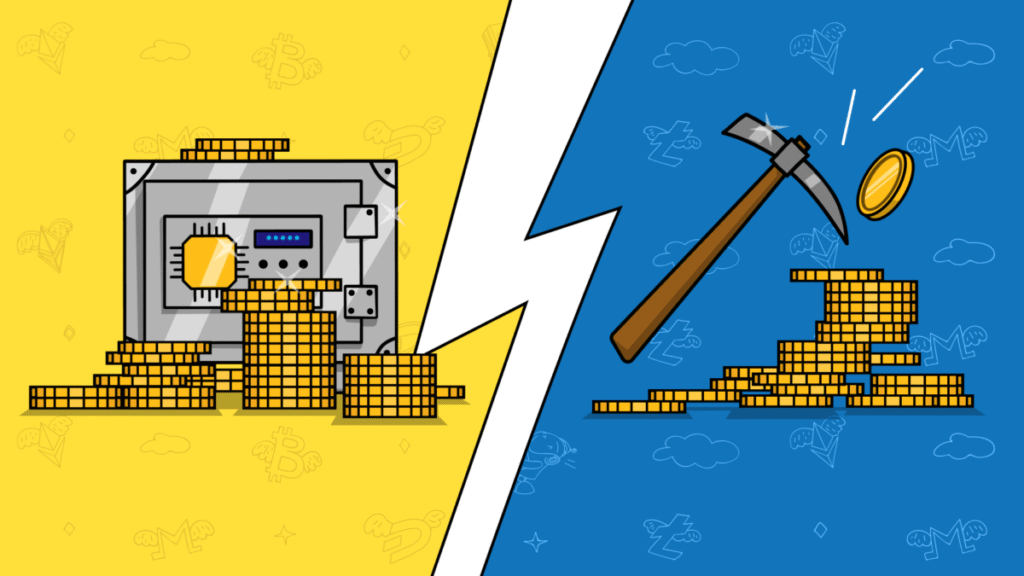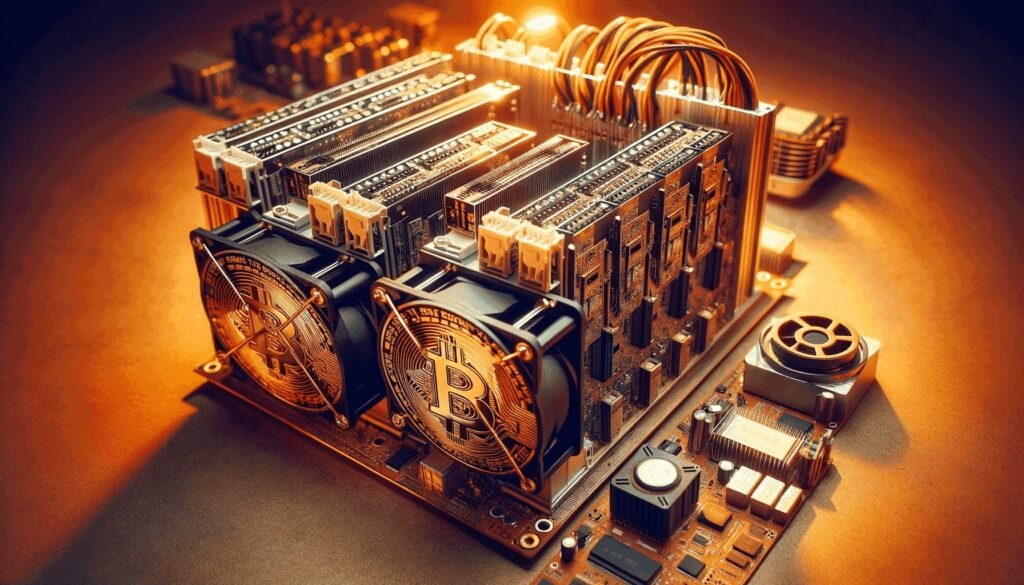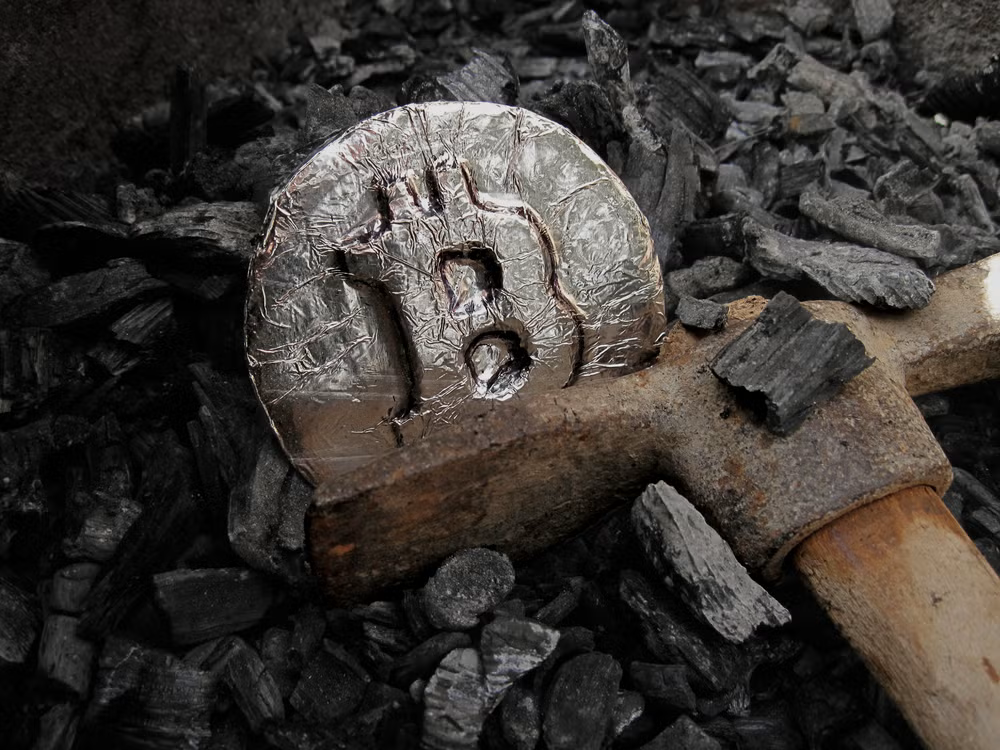The mining industry isn’t just evolving — it’s about to be re-engineered. As infrastructure costs rise, margins tighten, and competition intensifies, AI is stepping in as a key differentiator. With firms already exploring high-performance computing and AI integration alongside traditional mining, the future of mining farms will be one where automation, intelligence and real-time optimization are built into every layer.
Here’s how AI will transform mining farms — and what operators and investors need to know.
1. From Manual Monitoring to Autonomous Operations
Traditional mining farms often rely on manual checks: hardware status, cooling, power consumption, firmware updates. AI changes that by introducing:
- Predictive maintenance: systems analyse temperature, vibration, fan speed, power draw, and predict imminent failures before they happen.
- Intelligent scheduling: AI algorithms decide when a miner should ramp up, pause, or shift workload based on energy prices, grid demand, or hardware condition. For example, some companies are already treating mining rigs as flexible loads that respond to AI-controlled grid signals.
- Real-time optimization: adjusting clock speed, voltage, cooling patterns, even switching mining pools or miners automatically to maximise profitability and minimise wear.
In short: mining farms will operate more like self-tuning data centres than standalone rigs.
2. Integration with Energy & Grid Systems
As power becomes the largest cost factor in mining, AI will become vital in energy optimisation:
- Dynamic power allocation: AI analyses real-time electricity rates, renewable supply fluctuations, and responds by ramping down miners when power is expensive or scarce, and ramping up when energy is cheap or abundant.
- Energy asset management: Mining farms will increasingly act as demand-response assets for utilities, using AI to shift load or feed back to the grid, improving profitability and sustainability.
- Co-location of AI & mining workloads: Some operations are already considering hosting AI/HPC workloads alongside mining, sharing infrastructure (power, cooling, data centre space) and using AI to allocate resources between mining and compute tasks depending on profitability.
3. Scaling, Efficiency & Hardware Lifecycle Management
AI enables smarter hardware management — extending useful life, improving margins and enabling scale:
- Efficiency tracking: AI monitors each ASIC’s output (hashrate, errors, power draw) and recommends which units to keep, upgrade, or retire, helping operators maintain optimal fleet performance.
- Firmware adaptation: While AI cannot change the SHA-256 algorithm mining uses, it can guide firmware updates, tuning, overclock/undervolt strategies, and alert when hardware is deviating from optimal behaviour.
- Resource allocation: Large farms can use AI to allocate miners across sites (e.g., relocate miners to lower-cost power regions, balance across geographies) to take advantage of variable electricity costs and environmental conditions.
4. Transparency, Reporting & Client Experience
For hosted mining providers and their clients, AI offers better visibility and trust:
- Real-time dashboards driven by AI analytics show not just raw numbers but predictive insights — e.g., “Your miner is likely to drop hashrate in 72 h unless cooling is addressed.”
- Automated alerts and reports that clients receive: “Your unit has operated 99.98% uptime this month vs target 99.5%.”
- Improved service levels: AI-driven maintenance means fewer surprises and higher uptime — a premium in hosted environments.
5. Challenges & Strategic Considerations
Despite the promise, integrating AI into mining farms comes with hurdles:
- Initial cost and complexity: Implementing AI systems (sensors, data pipelines, machine learning models) adds CAPEX and requires operational expertise.
- Data quality and reliability: AI models depend on reliable, high-granularity data — if sensors fail or data is noisy, predictions may mislead.
- Security and control: Automated systems introduce new risk vectors — for example, a mis-configured AI system might throttle miners unnecessarily or cause downtime.
- Regulatory & energy policy risks: As mining integrates with energy systems, regulatory scrutiny increases (for grid usage, demand response, etc.).
- No shortcut to hashing: It’s key to understand: AI does not mine Bitcoin itself. ASICs still solve the SHA-256 puzzles. The value is in optimisation, not fundamental algorithmic change.
6. Why Hosted Providers & Miners Should Act Now
The transition to AI-augmented mining is not distant—it’s happening now. Providers and miners need to position themselves:
- Select hosts or partners (like hosted-mining providers) that already offer AI-driven monitoring and optimisation.
- Prepare infrastructure: ensure sensors, telemetry, data pipelines exist or can be installed; plan for AI-based maintenance and hardware health tracking.
- Evaluate your power contracts and hardware fleet with AI in mind — the more efficient, well-monitored your operation, the better you will ride margin compression.
- Think about dual-use infrastructure: As the mining margin squeezes, being able to pivot to compute or AI tasks (or share infrastructure) may add a competitive edge.
Final Thoughts
AI will not replace mining rigs — but it will transform how mining is done. The next-generation mining farm isn’t just about higher hash rates but smarter operations: lower cost, higher uptime, predictive maintenance, dynamic power use. For hosted providers and miners alike, embracing AI tools and infrastructure means staying competitive in a tightening margin environment.

